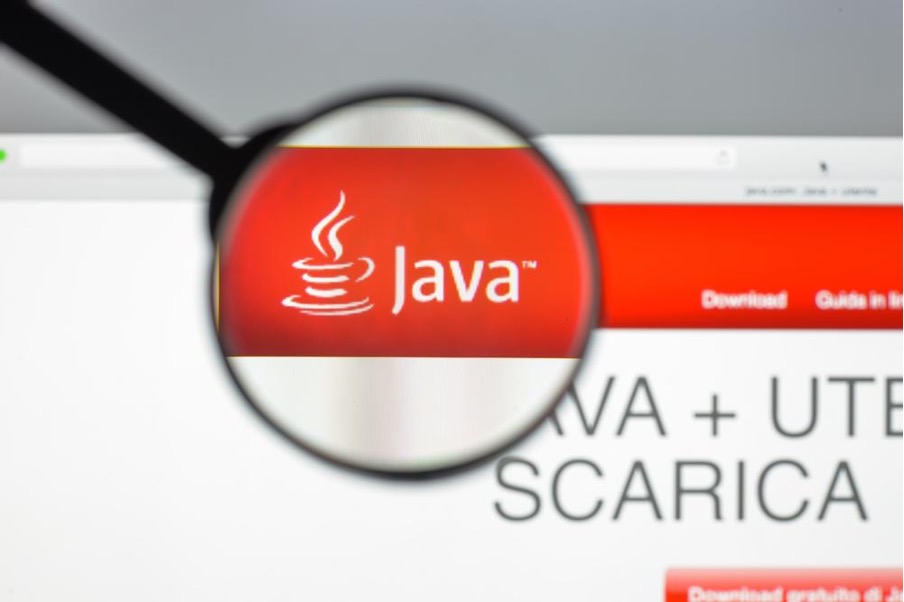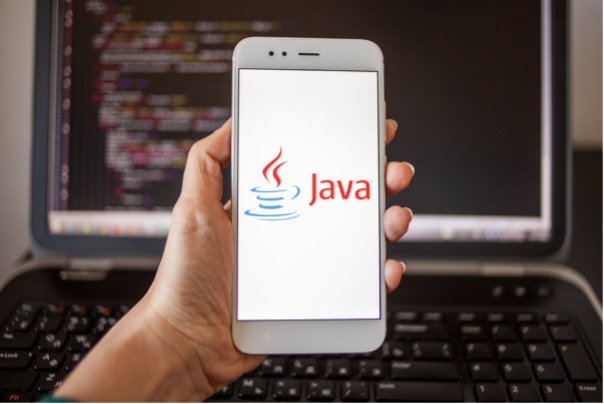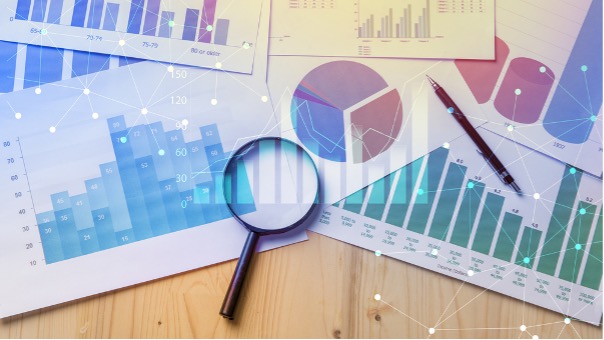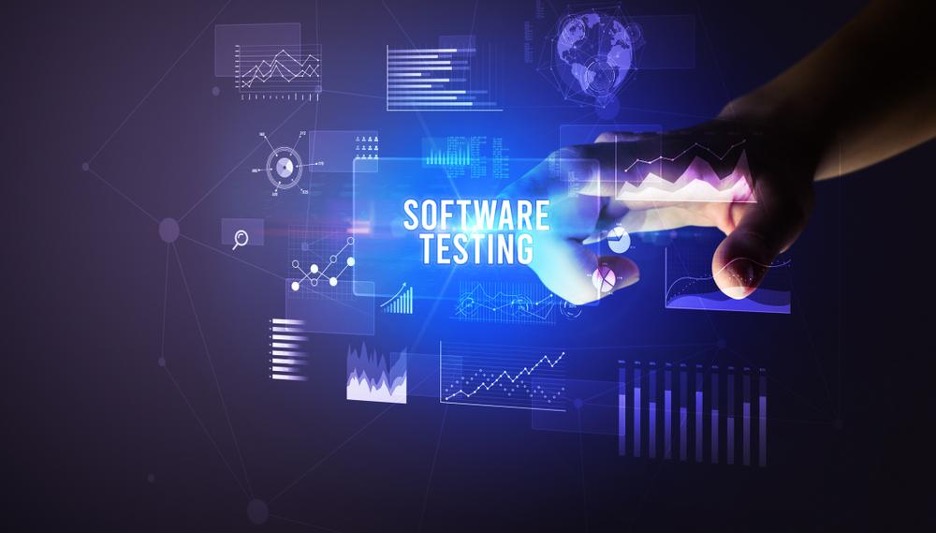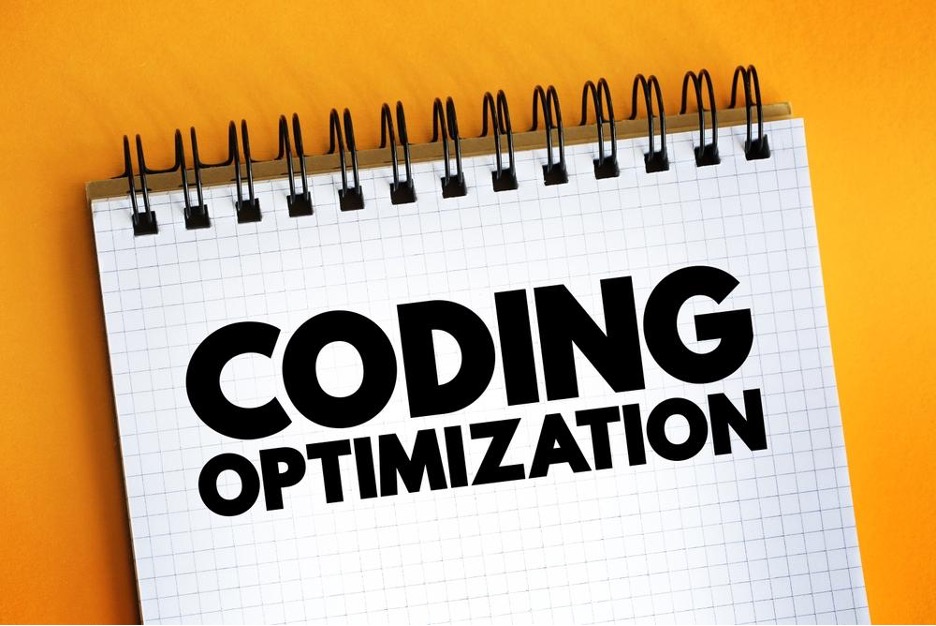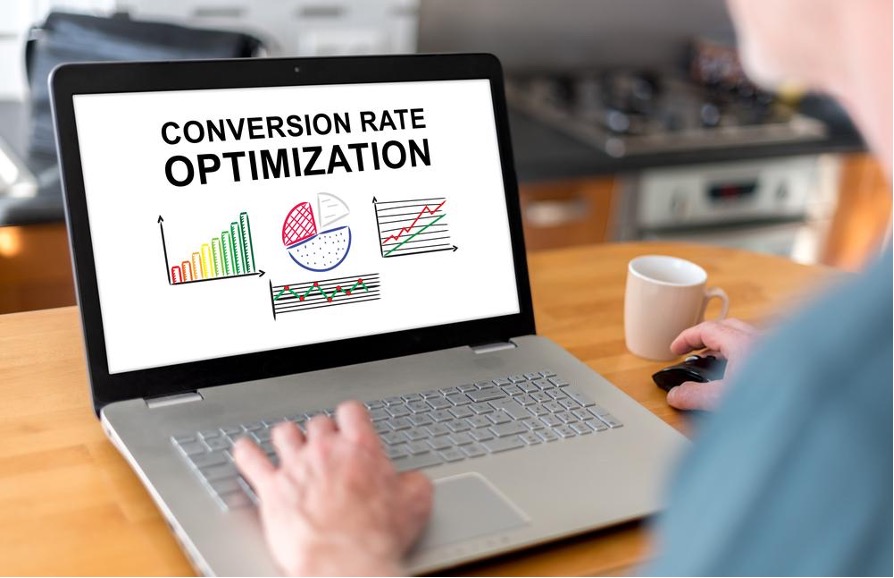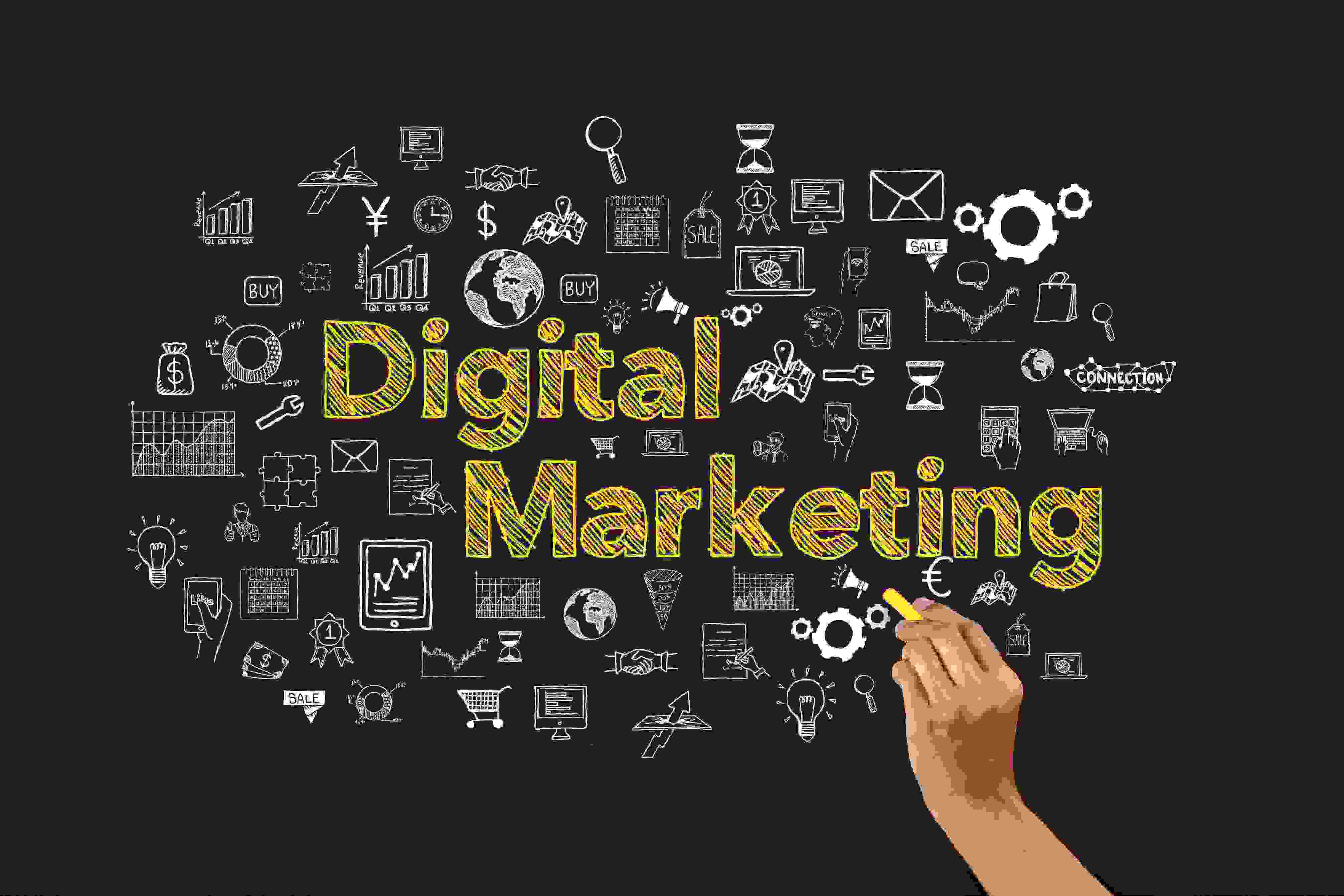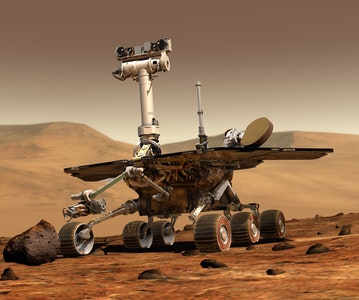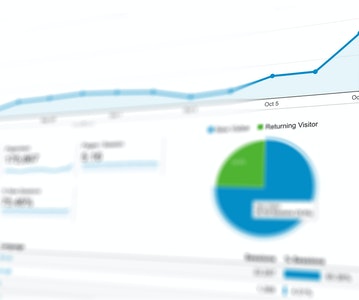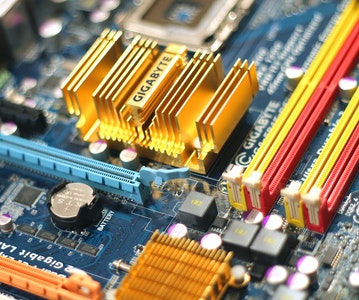This article is about Machine Learning
What is Predictive Analytics?
By NIIT Editorial
Published on 23/01/2022
8 minutes
Predictive analytics uses historical data to predict future events. Historical data is typically used to create mathematical models that capture important trends. Predictive analytics has received a lot of attention in recent years due to advances in assistive technologies, especially big data and machine learning.
Why is predictive analytics important?
The rise of big data Predictive analytics is often discussed in the context of big data. Engineering data comes from, for example, sensors, equipment and network systems around the world. A company's business system data may include transaction data, sales results, customer complaints, and marketing information. Companies are increasingly making data-driven decisions based on this valuable and wealth of information.
In the face of intensifying competition, companies are looking for benefits by offering products and services in crowded markets. Data-driven predictive models help businesses solve long-standing problems in new ways of functions.
For example, device makers find it difficult to innovate with hardware alone. Product developers can add predictive capabilities to existing solutions to increase value to the customer. Using predictive analytics for equipment maintenance, or predictive maintenance can anticipate equipment failures, forecast energy needs, and reduce operating costs.
Companies also use predictive analytics to create more accurate forecasts, such as forecasting the demand for electricity on the electrical grid. These forecasts enable resource planning (for example, scheduling of various power plants), to be done more effectively.
State-of-the-art technology for big data and machine learning
To derive value from big data, companies use tools such as Hadoop and Spark to apply algorithms to large datasets. The data source can consist of transaction databases, device log files, images, videos, audio, sensors, or other types of data. Innovation often results from a combination of data from multiple sources.
Project Management
All this data requires tools to extract insights and trends. Machine learning techniques are used to find patterns in data and build models that predict future outcomes. A variety of machine learning algorithms are available, including linear and non-linear regression, neural networks, support vector machines, decision trees, and other algorithms.
Predictive analytics example
● Predictive analytics supports teams in a variety of industries, including finance, healthcare, pharmaceuticals, automotive, aerospace, and manufacturing.
● Cars-Breaking new ground with self-driving cars - Companies developing driver-assisted technology and new self-driving cars use predictive analytics to analyze sensor data from connected vehicles and develop driver-assisted algorithms.
● Aerospace-Monitoring the condition of aircraft engines - To improve aircraft uptime and reduce maintenance costs, engine manufacturers have developed real-time analytics applications that predict oil, fuel, takeoff, mechanical conditions, and control subsystem performance.
● Energy Production-Electricity Price and Demand Forecast - Sophisticated forecasting apps use models to monitor system availability, past trends, seasonality, and weather. Financial Services-Development of Credit Risk Model
Predictive Analytics Mechanism
Predictive analytics is the process of making forecasts based on data using data analysis. This process uses data and analysis, statistics, and machine learning techniques to create predictive models for access predicting future events.
The term "predictive analytics" refers to the application of statistical or machine learning techniques to make quantitative predictions about the future. Often, supervised machine learning techniques are used to predict future value (the amount of time this machine can run before maintenance is required) or to estimate probabilities (by default, this customer). How likely are you to get a loan?).
Predictive Analytics starts with one business goal. It's about using data to reduce waste, save time, and reduce costs. This process uses heterogeneous, often large datasets in the model. This can help you achieve this goal by producing clear and actionable results. B. There are few wasted materials, low inventory, and products that meet specifications are manufactured.
Predictive analytics workflow
We all know forecast models for weather forecasts. An important industrial application of forecasting models is related to energy load forecasting for forecasting energy demand. In this case, energy producers, network operators, and traders need accurate forecasts of energy load to make decisions about managing power network loads. The amount of data available is vast, and with the help of predictive analytics, network operators can turn this information into actionable insights.
The workflow of a predictive analytics application typically follows these basic steps:
● Import data from various sources such as web archives, databases, spreadsheets, and more. Data sources include CSV file energy load data and national meteorological data including temperature and dew point. Clean up your data by removing outliers and combining data sources.
● Identify spikes, missing data, or anomalous points in the data that you want to remove from the data. Then combine different data sources. In this case, create a single table containing the energy load, temperature, and dew point.
● Use statistics, curve fitting tools, or machine learning to develop accurate predictive models based on aggregated data. Because energy prediction is a complex process with many variables, neural networks can be used to build and train prediction models.
● Loop through your training dataset and experiment with different approaches. After training is complete, you can compare the model to the new data to see how well the model works.
● Integrate your model into a production load forecasting system. Once you find a model that accurately forecasts the load, you can move it into your production system, making the analytics available to software programs or devices, including web apps, servers, or mobile devices.
Advanced PGP in Data Science and Machine Learning (Full-Time)
Be job-ready! Earn a min. CTC of ₹8LPA with this placement-assured program*
Placement Assured Program*
Practitioner Designed




